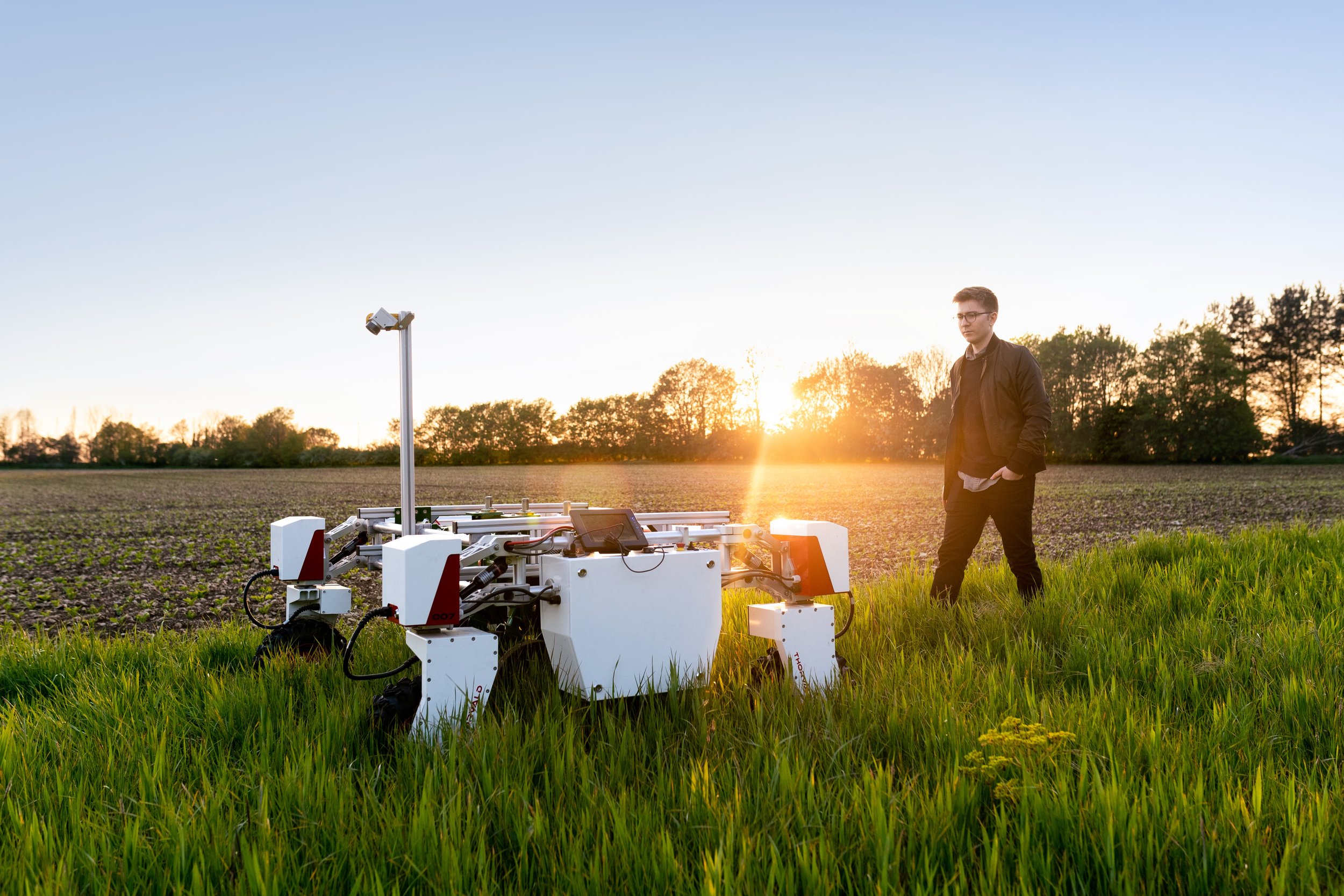At the end of each year, we generate a list of trends in the agriculture investment space based on what we’re hearing from our own investors and what we observe across the industry. For 2025, here are five trends to watch.
Read moreForecasting Agriculture Investment Trends for 2024
In many ways, 2023 was an extremely challenging year for agricultural companies raising capital. A spike in interest rates provided risk-free alternatives for investors who might normally allocate into the space, while banks and other lending institutions significantly tightened credit availability. Early stage companies struggled with runway and raising bridge rounds. Though economic headwinds remain, we’re optimistic that 2024 will see an uptick in funding for several areas.
Read moreGrowing Opportunities for RNA AgTech Companies
Though most people are likely familiar with RNA (specifically, messenger RNA) technology from its application in COVID-19 vaccines, few have probably heard about its potential uses in agriculture.
Read moreThe Agriculture Robotics Imperative
Labor shortages and wage inflation are impacting the bottom line of nearly every industry, and agriculture is no exception. Despite continued automation in the industry, agriculture remains a labor-intensive business, with key tasks including planting, weeding, thinning, harvesting, and product transportation across the supply chain. Over the past few decades, the number of people working on farms has decreased by 70% across both family and hired farm workers, exacerbating the problem.
Read moreInvesting in Precision Agriculture: Challenges & Opportunities
As the globe’s population continues to grow consuming more and more resources, and available land decreases, farmers need to maximize their efficiency. From 2014 to 2018, the United States lost over 14 million acres of farmland. Precision Agriculture (PA) is a farm management concept based on observing, measuring, and responding to variability in crops, both inside a field (intra-field) and outside (inter-field). PA solutions often include specialized sensors, software, and cloud-based services. PA sensors in fields can measure parameters such as moisture content, air and soil temperature. Satellites and unmanned aerial vehicles (drones) can provide growers with real time multi-spectral imaging of their fields and even individual plants. This information can be processed with the assistance of artificial intelligence and machine learning to assist a farmer in making decisions, such as how much soil additives and irrigation to apply in order to increase profitability and sustainability.
Read moreInvest in Agtech to Combat Food Inflation
As the agriculture industry evolves, so does the agriculture investment space. We’ve moved beyond simply investing into a crop and gaining returns from the yields. As equity crowdfunding in agriculture progresses, new investment opportunities arise. AgTech investments have exploded over the last half decade, with more exponential growth expected within the coming years.
Read more





